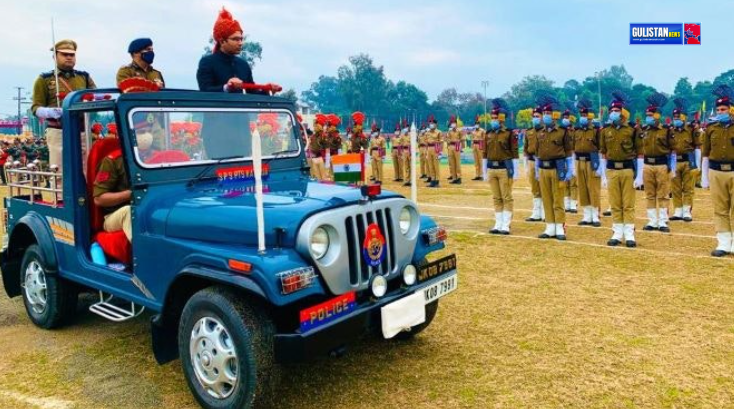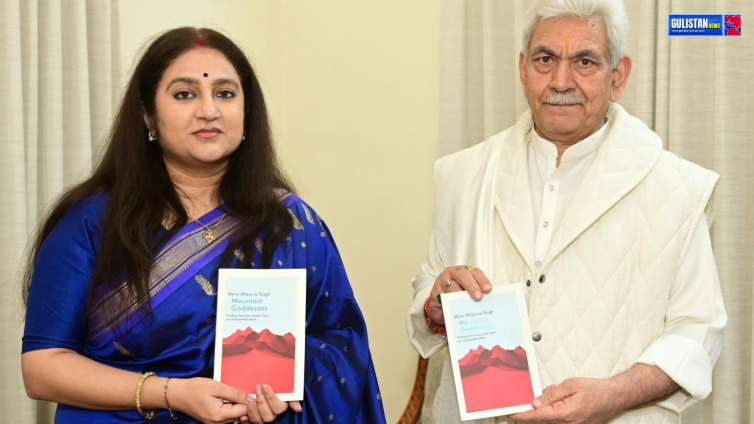The Hindustan Aeronautics Limited has already been awarded a contract for 15 limited series production LCH helicopters – 10 for IAF and five for the army. The state-run plane-maker expects follow-on orders as the army and IAF have a combined projected requirement of 160 LCH
Prime Minister Narendra Modi will on Monday inaugurate the country’s largest helicopter manufacturing facility at Tumakuru in Karnataka, in what is being seen as a shot in the arm for ‘Aatmanirbharta’ in the defence manufacturing sector, the defence ministry said on Saturday.
The Hindustan Aeronautics Limited (HAL) helicopter factory, spread across 615 acres, will initially produce the light utility helicopters (LUH) followed by light combat helicopters (LCH) and later the Indian multirole helicopters (IMRH). PM Modi laid the foundation stone for the facility in 2016.
“HAL plans to produce more than 1,000 helicopters in the range of 3-15 tonne, with a total business of more than ₹4 lakh crore over a period of 20 years. Besides generating direct and indirect employment, the Tumakuru facility will boost the development of surrounding areas through its CSR activities with large-scale community-centric programmes on which the company will spend substantial amounts,” the ministry said in a statement.
The facility is planned with a vision to become a one-stop solution for all helicopter requirements of the country, it said. The first LUH produced at the factory has been flight tested and is ready for unveiling. Initially, the factory will produce around 30 helicopters every year and the numbers can be increased to 60 and then 90 in a phased manner, the ministry added.
“The HAL complex in Bengaluru was overloaded with work and had run out of manufacturing space. India has made its mark in manufacturing a variety of helicopters; and since the requirements of the three services and the paramilitary are huge, there was a need to set up a larger facility,” said Air Marshal Anil Chopra (retd), director general, Centre for Air Power Studies.
LUH will replace the army and the Indian Air Force’s (IAF) ageing fleets of Cheetah and Chetak helicopters. HAL expects the army and IAF to place combined orders for at least 187 light helicopters in the coming years (126 for the army and 61 for IAF). Currently, the Cheetah and Chetak helicopters are a critical lifeline for troops in high-altitude areas, including the Siachen glacier. HAL has licence-produced 625 Cheetah and Chetak helicopters. It no longer builds them but is responsible for their maintenance and repair.
“The factory will be augmented to produce other helicopters such as LCH and IMRH. It will also be used for maintenance, repair and overhaul of LCH, LUH, advanced light helicopter (ALH) and IMRH. Potential exports of civil LUH will also be catered to from this factory,” the ministry said.
HAL has already been awarded a contract for 15 limited series production LCH helicopters – 10 for IAF and five for the army. The state-run plane-maker expects follow-on orders as the army and IAF have a combined projected requirement of 160 LCHs. LCH has indigenous content of 45% by value, which will progressively increase to more than 55% for the series production version, officials said.
IMRH, which will also be manufactured at the Tumakuru factory, is expected to compete with Russian Mi-17 choppers in both Indian and foreign markets. HAL says the platform could have a huge market as nearly 40 air forces across the world operate Mi-17-type helicopters. The Mi-17 is the mainstay of the Indian Air Force’s transport fleet.
India has imposed a phased import ban on 411 different weapons and systems, including different types of helicopters, during the three years to boost self-reliance in the defence sector. These are expected to be indigenised in phases over the next five to six years.









